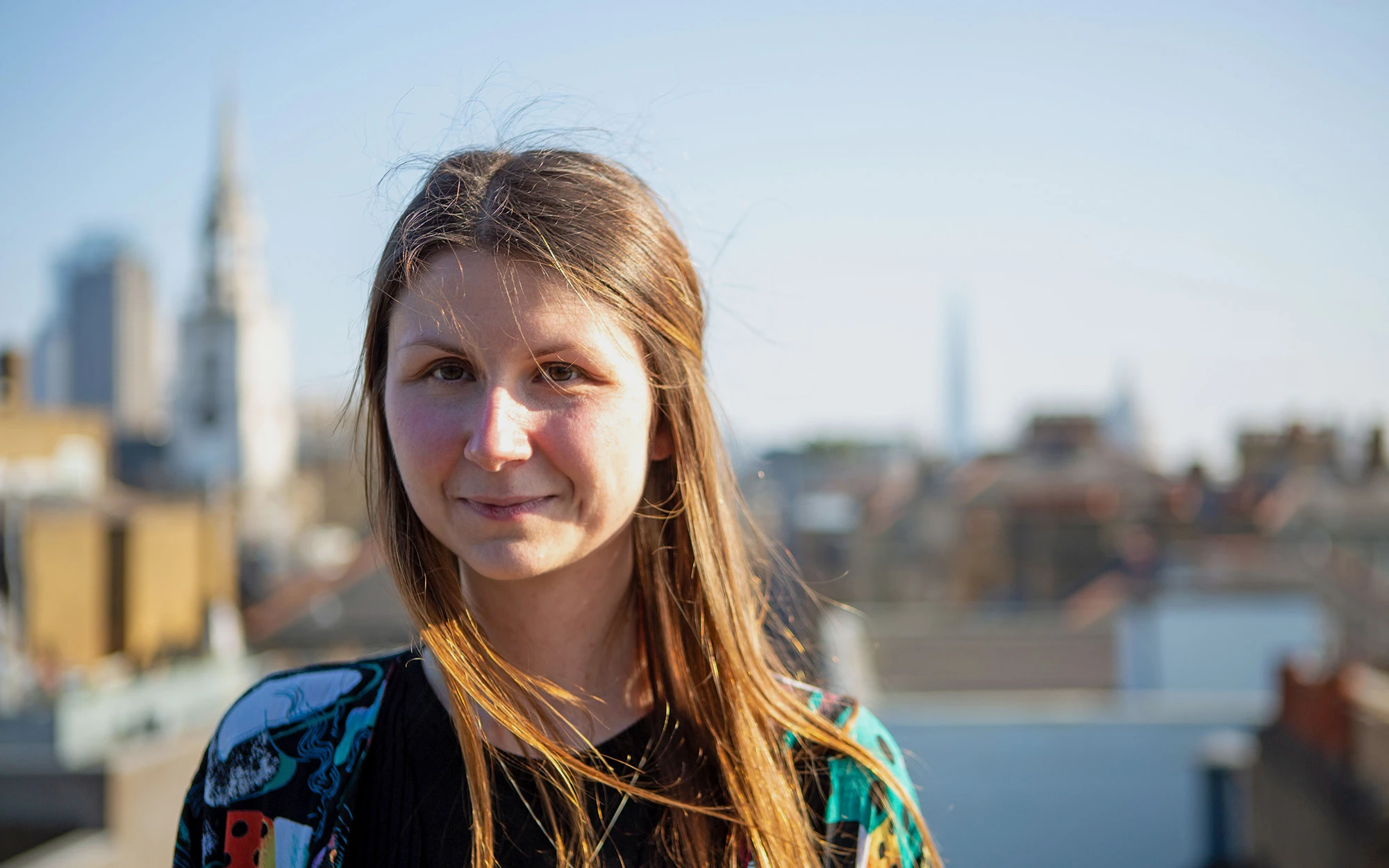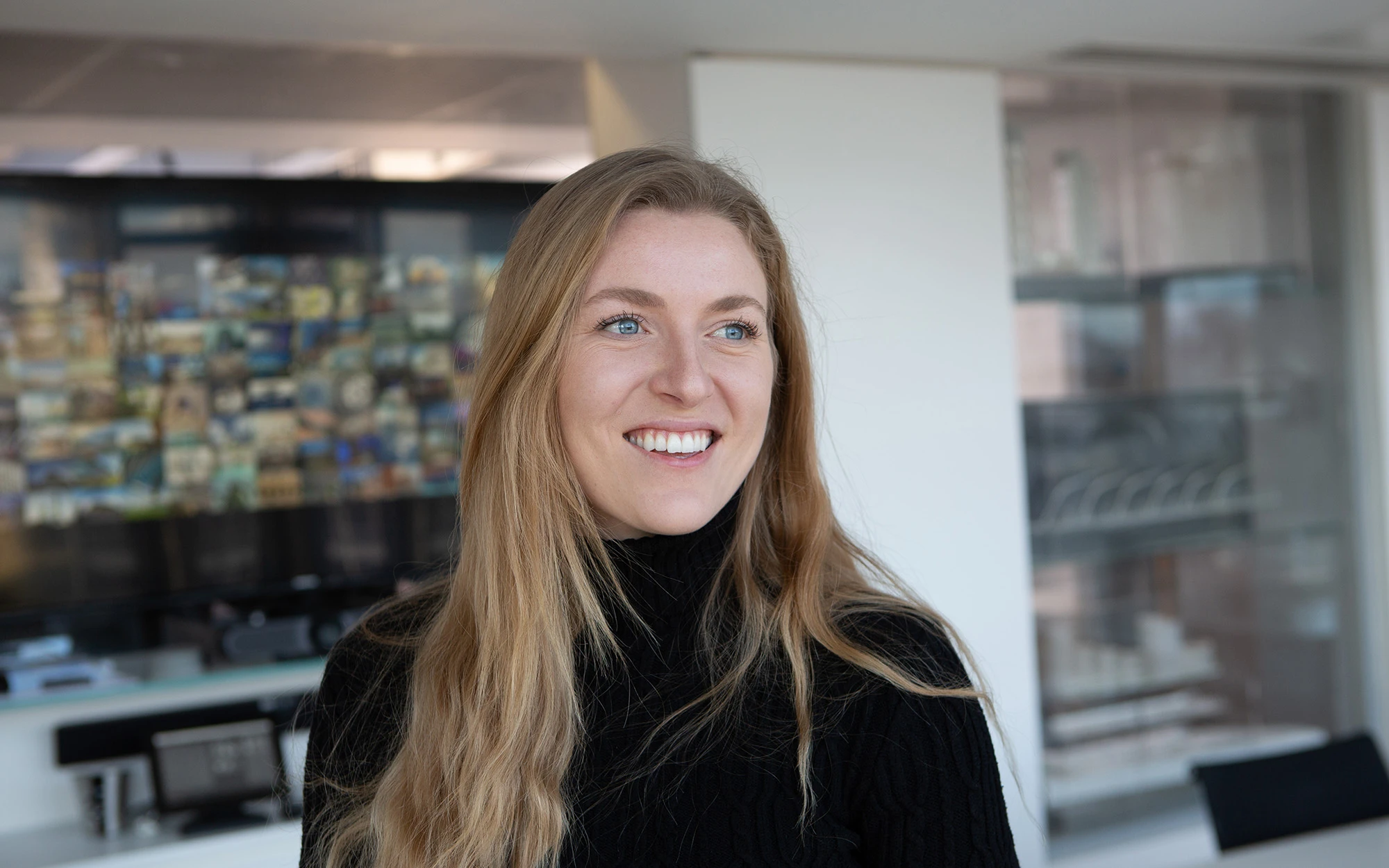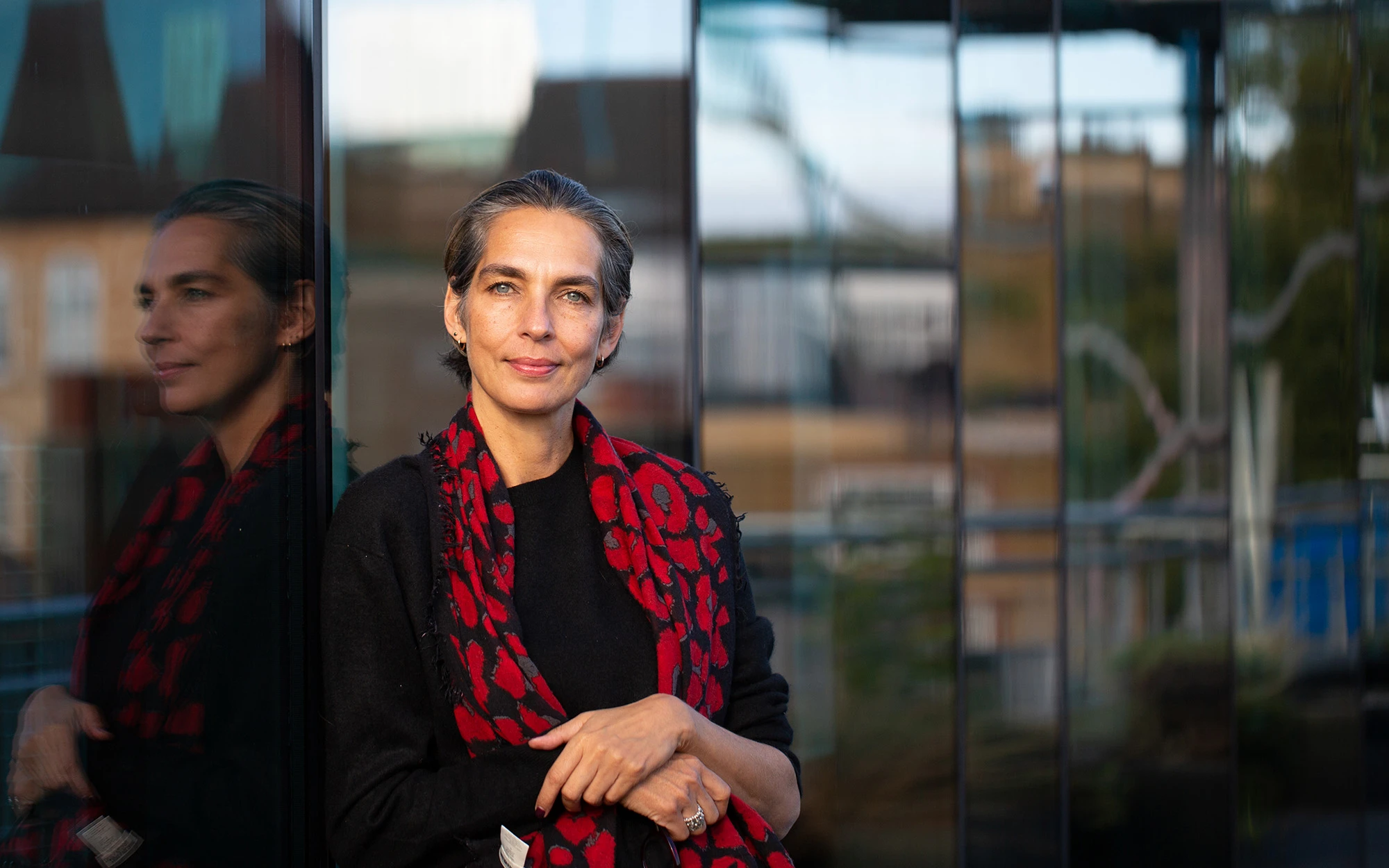Women in Architecture Part 2
This March we are sharing the stories of six female team members
In honour of International Women’s Day, we are highlighting the journeys of six female team members who represent different roles and career stages at WilkinsonEyre. They will be sharing their honest experiences as women working in the industry, advice for future generations and their thoughts on this year's IWD theme #breakthebias.
Zuzana Sojkova, Architect
Why did you start working in this industry?
Throughout primary and secondary school, I attended a weekly extracurricular art class. We learned fine art, sculpture, architecture and even set design. From those early experiences, I knew that I wanted a career in the arts. The architecture degree was the most challenging education path, but I felt with that degree I could still choose to become an artist later in life.
How did you find your voice when first starting out?
I found that developing a strong design concept helped me find my voice when presenting. I would choose an inspiration that was linked to the site, like a moment in history or a piece of literature, that could be translated into the architectural proposal. My art school background helped me with this, as we always had themes we had to present to, and I took that with me into architecture.
Can you tell me about the challenges you’ve faced as a woman in this industry?
While growing up, most of my teachers were female. In architecture school, it was the opposite, and it took time to learn how to communicate with the male instructors. This was compounded by the fact I had moved from Slovakia to the UK for architecture school, at the beginning there was a language barrier. I felt underestimated because English wasn’t my first language, people assumed that I would be automatically behind.
Sometimes architecture feels like a boy’s club, as everywhere I’ve worked has been majority male. In the past, I have felt underestimated when working with some older men. I’ve had the experience of being the only female, the youngest and the only non-British person on a team. It was harder to express my ideas as I felt less comfortable in that setting. It makes a difference when you work in an international environment, you feel like you’re not an outsider.
How did you think the industry can change to break the bias?
I think the more women showing they are competent in their work will help break the bias. It appears that men instinctually know how to navigate asking for what they want and recover better from making mistakes in the workplace than women do. Women at early career stages would benefit from mentoring in the workplace from their senior female colleagues. It’s important to share that knowledge with the younger generation of women and help show them how to navigate the workplace.
What advice do you have for women interested in a career in architecture?
At a large practice, it’s easy to become stuck working on projects tasks that don’t provide enough learning opportunities. Early in your career, try to find a specialism that you are passionate about. It’s helpful when you’re trying to build your career to have that clear path in mind. I’m working towards that myself by taking a part-time master's in sustainable construction, as I want more technical skills to specialise in green building.
What charity did you select and why?
Úsmev ako Dar (Smile as a Gift) – It's a Slovak charity currently helping Ukrainian refugees, especially women, children and the elderly with housing, education, psychological care or job opportunities.
Emily James, Architectural Assistant
Why did you start working in this industry?
I’ve always been very creative and inventive, with a keen interest in combining mechanics with art. Architecture felt like a natural fit for my skills and interests and has always been the end goal that I have in mind.
How did you find your voice when first starting out?
Quickly into my career, I started working on-site and I was attending inspections with trades and contractors who were all male. I felt a lot of pressure to find my voice immediately and break the bias of being seen as timid and allow them to dominate our discussions. During snagging inspections, I had to point out the errors to the trades and at first, I was shy about this. I watched my peers, and over time and with practice I grew more confident with the relationship dynamics, and I now don’t feel awkward at all.
Can you tell me about a specific challenge you faced as a woman in this industry?
Being one of the only women on a job site full of male builders is daunting. In the past, while on-site alone I had been catcalled. This never happened when my male team lead was with me. I thought it was because I was a young woman on my own, so I’d look forward to when another female colleague would accompany me, however, we continued to share experiences of being catcalled while together. This made me realise that I don’t get the same level of respect on site when I’m not with a man.
What advice do you have for women interested in a career in architecture?
Be the representation that you want to see. Don’t be nervous about architecture being a male-dominated industry, women are represented, and I already look up to so many women at WilkinsonEyre.
You’re one of the co-founders of Architits, a female-led design collective – can you tell us more?
During the pandemic I was attending university, I was part of a group of female friends who supported each other’s project briefs remotely. We all felt a loss after our final projects were submitted and we decided to expand beyond our education and create our own briefs.
We’re a diverse group of women, with a variety of ethnicities, cultures, and religions allowing us a unique view on architectural issues. Architits allows us to connect with other students and discuss how architecture can begin to tackle issues that we're experiencing.
We created an Instagram account to reach out to like-minded people in the creative industry and we’ve had a great response. We were invited to take part in the first-ever virtual architectural student convention, where we hosted workshops, participated in a Q&A and created a video from our perspective of being female students in architecture.
We never thought Architits would grow to have this much reach. We’ve had several women who have included us in dissertations and research on feminism in architecture. RIBA education has reached out and promoted our work. We’ve also been able to collaborate with other female-run collectives and support one another’s work.
Each woman who participated in an interview was asked to select a women's charity that WilkinsonEyre will make a contribution to - who did you select and why?
I have chosen the Malala Fund, which supports women in receiving a safe and quality education.
This website uses cookies to ensure you get the best experience. Learn more



